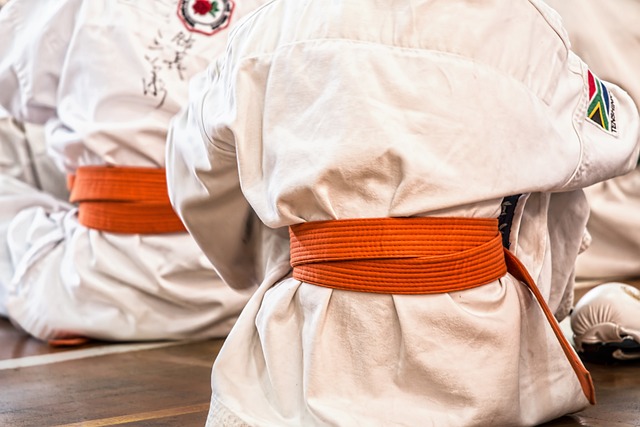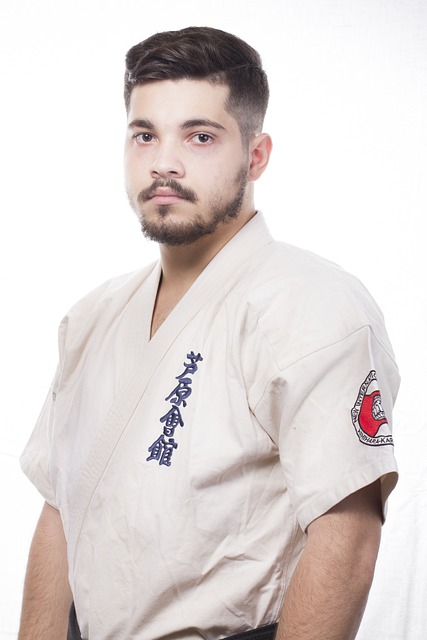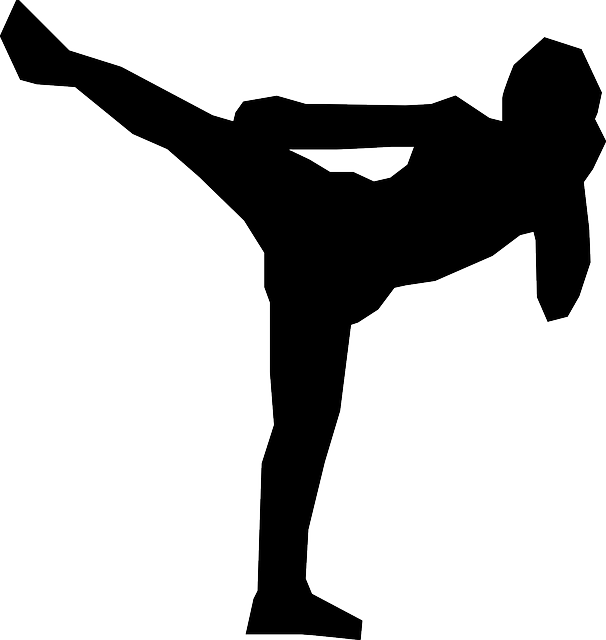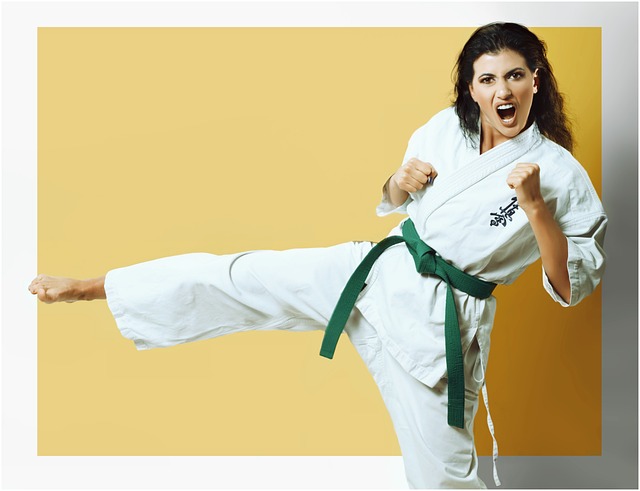The traditional karate outfit, known as a gi, is significant for its role in facilitating the execution of karate techniques with optimal range of motion and comfort. A gi typically includes an uwagi jacket, hakama trousers or standard straight-legged trousers, and an obi belt, each designed with purpose. The fabric of a gi should strike a balance between durability for rigorous training and breathability to maintain comfort. The color and knot of the obi indicate the practitioner's rank within the martial art. A white gi traditionally symbolizes a beginner's purity and openness in karate. Over time, the karate gi has evolved from simple cotton kimonos to a standardized attire influenced by judo uniforms, now crafted to enhance fit, durability, and comfort while retaining its traditional character. Selecting a gi involves considering comfort, respect for tradition, and suitability for movement, with single-weave cotton fabric recommended for its balance of durability and breathability. Sizing is crucial for full range of motion, and color choices should align with dojo norms or personal preference. Ultimately, a karate outfit is both a functional garment and a symbol of discipline, respect, and adherence to the art's legacy.
Karate practitioners worldwide don a distinctive uniform that is both a symbol of tradition and a functional garment for training. Known as a Gi, this garb is central to the discipline’s practice. In this article, we peel back the layers to explore the significance of the karate outfit called Gi, its evolution through time, and how it serves as a crucial element in the martial art’s rich heritage. Whether you’re a seasoned karateka or new to the martial way of life, understanding the Gi is essential for embracing the full experience of karate. Join us as we delve into the world of this quintessential training attire and offer tips on selecting your Gi for optimal performance and respect for the art.
- Unveiling the Essentials: Understanding the Karate Outfit Called Gi
- The Evolution of the Karate Gi: Tradition, Functionality, and Style
- Selecting Your Gi: Tips for Choosing the Ideal Karate Uniform
Unveiling the Essentials: Understanding the Karate Outfit Called Gi

The karate outfit, commonly known as a gi, is a garment steeped in tradition and essential for practitioners of this martial art. A gi typically consists of a jacket, trousers, and belt, each serving a specific purpose. The jacket, or uwagi, is designed to allow a full range of motion, enabling karateka to execute techniques with ease and precision. It is usually made of heavy cotton or hemp fabric, providing durability for the rigors of practice. The trousers, known as hakama in some styles, are straight-legged and tailored to move with the body during movements, offering both comfort and functionality.
When selecting a gi, it is important to consider the weight and weave of the fabric, as this can affect the garment’s durability and breathability. The belt, or obi, not only holds the gi together but also signifies the wearer’s rank within the martial art. Karateka must adhere to specific guidelines regarding the color and knot of their belts during practice and competition. The traditional white color of the gi represents purity and neutrality, symbolizing a beginner’s mind and readiness for learning. Whether practicing kata or engaging in kumite, the gi is an integral component of the karate experience, enhancing both the aesthetic and functional aspects of this discipline.
The Evolution of the Karate Gi: Tradition, Functionality, and Style

The karate gi, a traditional garment synonymous with the practice of karate, has undergone significant changes over time to meet both the aesthetic and functional demands of the discipline. Initially, practitioners wore simple cotton kimonos adapted for movement; however, as karate evolved from an Okinawan village defense system into a formalized martial art, so too did its attire. The modern karate gi, which typically consists of a jacket and pants made of heavier cotton or hemp fabric, originated in Japan and was influenced by judo uniforms. It is designed to allow for unrestricted movement while providing a standardized uniform for all practitioners, emphasizing the focus on skill rather than social status. Over the years, the design has been refined to offer better fit, durability, and comfort without compromising the traditional aesthetic that pays homage to the martial art’s roots. Today, the karate gi continues to be an integral part of the practice, symbolizing respect for the discipline, fellow practitioners, and tradition. It is a garment that encapsulates the evolution of karate itself—blending the rich history of its origins with modern functionality to meet the needs of contemporary martial artists.
Selecting Your Gi: Tips for Choosing the Ideal Karate Uniform

When embarking on the journey of selecting a karate uniform, also known as a gi, it’s important to consider several factors that will ensure both comfort and adherence to traditional practices. The gi serves not just as an attire but as a canvas upon which discipline and respect are displayed during practice. A well-fitted gi is pivotal for movement fluidity, enabling you to execute techniques with ease and without undue restriction. Opt for a single-weave cotton fabric, which offers the ideal balance between durability and breathability. This material not only withstands frequent use but also keeps you cool and comfortable during intense training sessions. Consider the weight of the fabric as well; a medium weight is often recommended for most climates, providing coverage without being burdensome.
In terms of sizing, ensure that the jacket and pants allow for a full range of motion without being overly baggy or tight. The jacket should reach just below the hips, while the pants should be hemmed to avoid tripping during movements. Additionally, the sleeve and trouser lengths should be such that they do not require excessive adjustment. Most importantly, choose a color that aligns with your dojo’s tradition or personal preference, keeping in mind that white is the most common and universally accepted color in karate practice. Whether you’re a beginner or an experienced practitioner, investing time in selecting the ideal gi will contribute to your training experience and demonstrate respect for the martial art of karate. Remember to adhere to your dojo’s guidelines on uniform specifications as well, as some may have particular requirements that differ from traditional standards.
In conclusion, the traditional garb donned by practitioners of karate is aptly termed a ‘Gi’. This article has explored the significance of the Gi, tracing its origins and evolution to become a symbol of both tradition and functionality in the martial arts world. When selecting your Gi, it’s crucial to consider factors such as material, fit, and durability to ensure you have an outfit that not only meets the requirements of karate practice but also honors its rich history. Whether you are a beginner or an experienced martial artist, understanding the essence of the Gi is key to embracing the discipline and spirit of karate.
